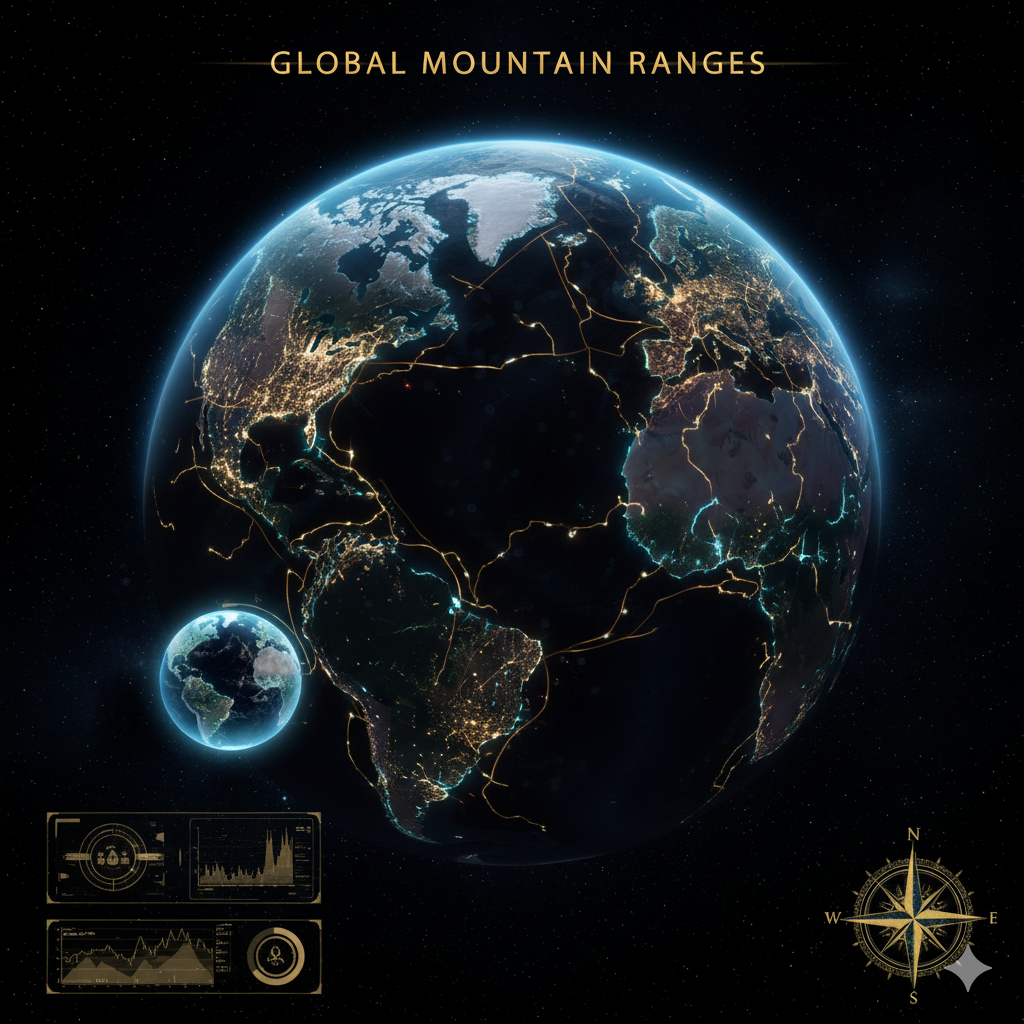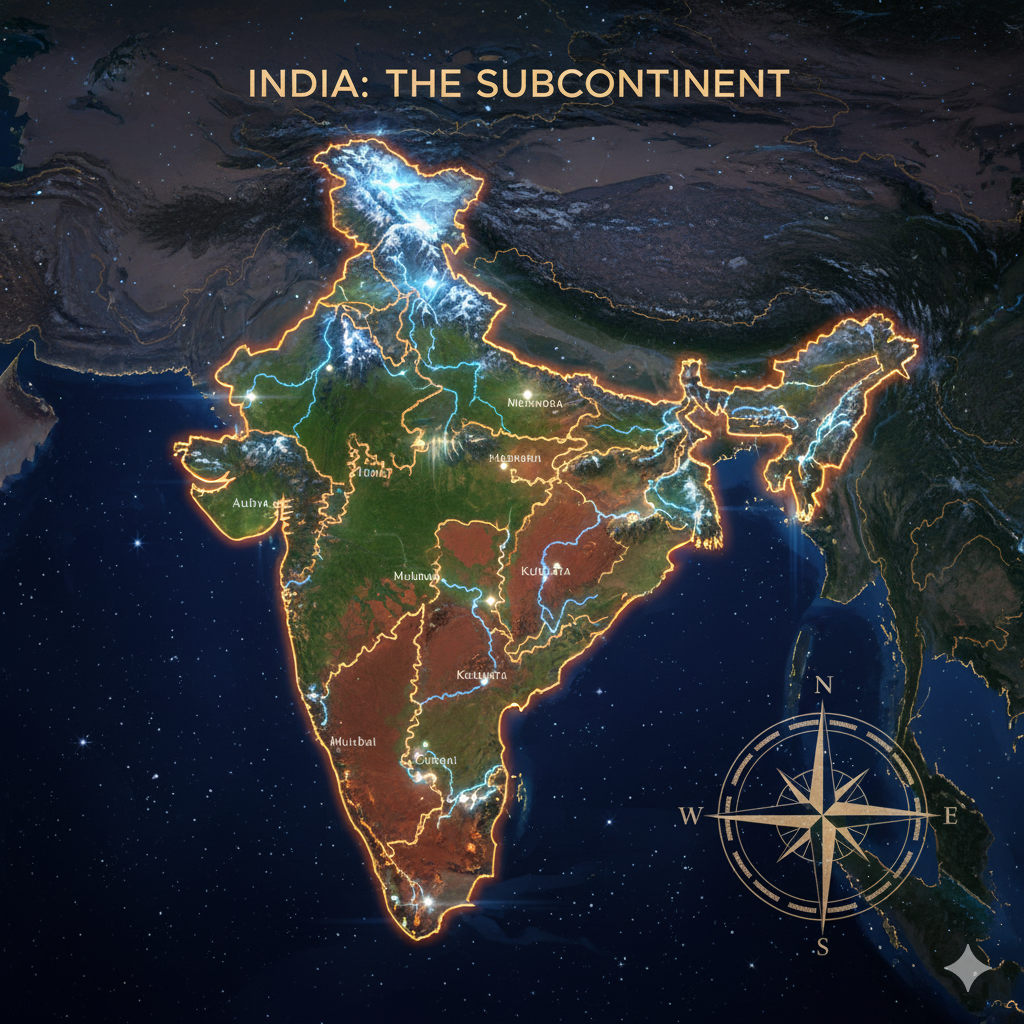Introduction
Volcanic eruptions are among the most powerful natural phenomena on Earth. They are capable of reshaping landscapes, influencing global and regional climate, disrupting ecosystems, and affecting human settlements. While destructive in the short term, volcanic activity plays a crucial role in soil enrichment, land formation, and maintaining the Earth’s geological balance.
Between 2021 and 2025, the world witnessed several significant volcanic eruptions. Each eruption had distinct environmental, social, and economic consequences, from air quality deterioration to biodiversity loss. This article provides a detailed examination of major volcanic events in this period, analyzes their environmental impacts, and explores lessons for disaster management and ecological resilience.
Volcanic Eruptions of 2021
1. Mount Sinabung, Indonesia
Mount Sinabung, in North Sumatra, erupted multiple times in 2021. Known for its explosive activity, the volcano released pyroclastic flows, lava, and ash clouds that impacted local communities.
Environmental Impacts:
- Air Quality: Ash clouds reduced visibility and caused respiratory problems for residents.
- Agriculture: Ash fall destroyed crops like rice, vegetables, and fruit plantations.
- Soil Fertility: Over time, ash can improve soil mineral content, benefiting future cultivation.
- Water Systems: Ash and volcanic debris contaminated rivers, impacting aquatic life.
2. Mount Etna, Italy
Europe’s most active volcano, Mount Etna, experienced multiple eruptions in 2021. Its lava flows and ash emissions affected both rural and urban areas.
Environmental Impacts:
- Air Pollution: Sulfur dioxide emissions reduced air quality.
- Soil Enrichment: Lava flows deposited minerals, enhancing agricultural productivity in the long term.
- Infrastructure: Roads, houses, and farmland were threatened by lava flows.
- Ecosystems: Local flora and fauna near the volcano faced temporary habitat loss.
3. Cumbre Vieja, La Palma, Canary Islands
The Cumbre Vieja eruption began on September 19, 2021, lasting several months. Lava flows destroyed over 3,000 buildings and transformed large areas of the island.
Environmental Impacts:
- Land Transformation: New landforms were created, permanently altering landscapes.
- Air Quality: Ash clouds affected respiratory health and air transportation.
- Marine Impact: Lava entering the ocean changed water chemistry and affected marine life.
- Soil Fertility: Mineral-rich volcanic deposits have the potential to boost soil productivity in the future.
4. Mount Nyiragongo, Democratic Republic of Congo
Nyiragongo erupted on May 22, 2021, with highly fluid lava flows threatening the city of Goma.
Environmental Impacts:
- Air Pollution: Gases like CO₂ and SO₂ affected air quality.
- Water Contamination: Lava and ash entered rivers, affecting water quality.
- Biodiversity Loss: Habitats were destroyed, reducing biodiversity in forests and wetlands.
- Agriculture: Fertile land was temporarily buried under lava flows.
5. Mount Semeru, Indonesia
Semeru erupted on December 4, 2021, producing pyroclastic flows, ash fall, and lahars.
Environmental Impacts:
- Ash Fall: Villages were covered with ash, affecting human health and crops.
- Lahar Flows: Mudflows damaged infrastructure and farmland.
- Ecosystem Damage: Forests were partially destroyed, impacting wildlife.
- Water Systems: Rivers were polluted by volcanic debris.
6. La Soufrière, Saint Vincent and the Grenadines
La Soufrière erupted in April 2021 after years of dormancy.
Environmental Impacts:
- Ash Fall: Farmlands and settlements were covered with ash.
- Water Contamination: Rivers and reservoirs were affected.
- Soil Enrichment: Long-term fertility increased, but immediate crop loss occurred.
- Marine Ecosystems: Lava reaching the ocean disrupted coral reefs.
Volcanic Eruptions of 2025
1. Mount Lewotobi Laki-Laki, Indonesia
Lewotobi Laki-Laki erupted on July 7, 2025, sending ash columns up to 18 km high.
Environmental Impacts:
- Air Quality: Respiratory problems arose in nearby populations.
- Agriculture: Crops were destroyed by ash fall.
- Infrastructure: Flight cancellations and road damage occurred.
- Water Systems: Rivers and groundwater faced contamination.
2. Kanlaon Volcano, Philippines
Kanlaon erupted multiple times from June 2024 to May 2025.
Environmental Impacts:
- Ash Fall: Villages were covered with ash, reducing crop yield.
- Soil Fertility: Long-term soil productivity improved due to mineral deposition.
- Water Contamination: Ash and debris polluted rivers and lakes.
- Biodiversity: Forest habitats were partially destroyed.
3. Barren Island, India
India’s only active volcano in the Andaman Sea had minor eruptions in September 2025.
Environmental Impacts:
- Air Quality: Minor ash emissions affected local air.
- Marine Ecosystems: Lava entering the sea caused temporary changes in water temperature and chemistry.
4. Krasheninnikov Volcano, Russia
The Kamchatka Peninsula volcano erupted on August 3, 2025, for the first time in centuries.
Environmental Impacts:
- Air Pollution: Ash clouds affected regional air quality.
- Infrastructure: Transportation was disrupted due to ash fall.
- Ecosystem: Local vegetation and wildlife were temporarily impacted.
Broader Environmental Impacts
Air Quality
Volcanic gases and fine ash reduce air quality, leading to respiratory diseases. Both 2021 and 2025 eruptions affected millions of people worldwide.
Soil and Agriculture
Volcanic ash deposits initially destroy crops, but over time enrich soil with minerals like potassium, phosphorus, and magnesium, enhancing agricultural productivity.
Water Systems
Ash and lava contamination can alter river and groundwater quality, impacting human consumption and aquatic ecosystems.
Biodiversity
Volcanoes destroy forests and habitats, reducing biodiversity. Recovery may take years, although volcanic soil eventually supports new vegetation.
Climate Effects
Large eruptions emit sulfur dioxide and ash that can temporarily cool the Earth’s surface by reflecting sunlight. 2021 and 2025 eruptions caused localized weather disturbances, including cooler temperatures and altered rainfall patterns.
Urban and Infrastructure Impacts
Populated areas near volcanoes suffer property loss, road destruction, and disruption of services. Urban planning in high-risk zones is critical.
Marine Ecosystems
Volcanic lava entering oceans increases water temperature and alters chemical composition, affecting coral reefs, fish populations, and marine biodiversity.
Lessons from 2021–2025 Eruptions
- Disaster Preparedness: Evacuation plans and early warning systems save lives.
- Volcano Monitoring: Continuous observation of seismic activity, gas emissions, and ground deformation is essential.
- Environmental Management: Soil restoration, reforestation, and water purification reduce long-term impacts.
- Urban Planning: Avoiding construction in high-risk zones reduces damage.
- Community Engagement: Educating populations on volcanic hazards improves response effectiveness.
Conclusion
The volcanic eruptions of 2021 and 2025 have profoundly impacted the environment, human societies, and economies. From Mount Sinabung in Indonesia to Barren Island in India, these events highlight the dual role of volcanoes: immediate destruction and long-term ecological benefits.
Understanding volcanic activity, its environmental implications, and implementing proactive mitigation strategies are essential to reduce human and ecological vulnerability. These events emphasize the importance of integrating disaster management, ecological restoration, and sustainable urban planning in volcanic regions.




